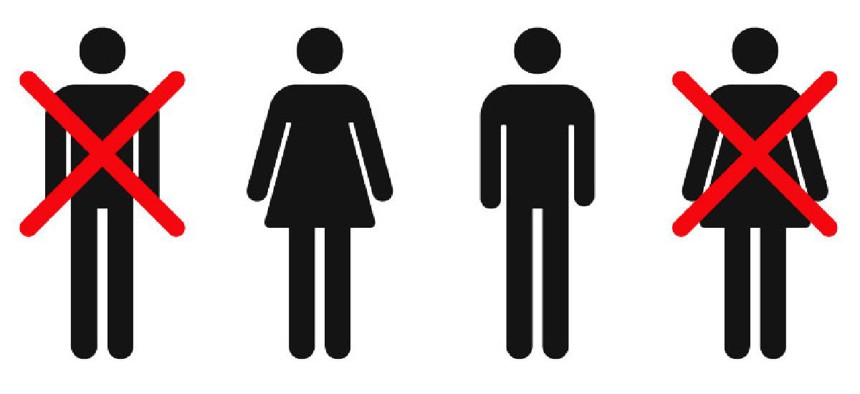Is leadership churn limiting agency effectiveness?

Turnover in the Trump administration is at historic levels, which takes a toll on the ability of agencies to execute on their missions.

Turnover in the Trump administration is at historic levels, which takes a toll on the ability of agencies to execute on their missions
According to an appointments tracker maintained by the Partnership for Public Service and the Washington Post, the recent resignation of Environmental Protection Agency chief Scott Pruitt makes him the 10th Senate-confirmed political appointee — and sixth cabinet-level official — to exit during President Donald Trump's first 18 months.
"The average lifetime of a senior political is two-and-a-half years," said Bill Valdez, president of the Senior Executives Association. "And we're only one-and-a-half [years] into an administration. So when you see this level of turnover, it's not only disruptive, but it's unusual."
The disruption created by leadership turnover also can lead to uncertainty or delays in carrying out agency and administrations priorities, as well as major projects.
After David Shulkin was fired as secretary of the Department of Veterans Affairs, for example, the plan to sign $10 billion deal to transition to a commercial electronic health record system became an uncertainty.
"Any time you have a transition of a cabinet head, it's very difficult," Valdez continued. "Within the bureaucracy, there's months of planning that goes into those events… you just don't have that kind of opportunity with this kind of turnover."
Turnover also has adverse effects that ripple through the agency, noted former EPA CIO Ann Dunkin. While it's tempting to focus on the high-ranking, individual appointees who leave, "what we've seen with a lot of the political who have come and gone with these administrations, a lot of career staff leaves with them," she said.
"It creates a lot of turmoil that permeates a lot of layers of the organization… as far as disruption of how the organization works when an administrator leaves," Dunkin said.
A change so high in an agency "affects the operations within the agency, affects the administration's agenda, creates a world of hurt for the senior career executives who are left holding the bag while new leadership comes," Valdez said.
Even for agencies where leaders have been promptly replaced, there's an adjustment period. At State, for instance, Secretary Mike Pompeo lifted State's hiring freeze and has pushed cybersecurity as a priority more than predecessor Rex Tillerson did.
And even if the successor of a departing agency head shares the same policy priorities, "there's a high likelihood they'll want to run the business differently," said Dunkin.
"Each leader puts their mark in in terms of what they care about, which changes to implement, how resources are prioritized… [as well as] how they work, how they measure performance, how they interact with constituents," she said.
Plus, there's uncertainty during the transition from one agency head to another that can put an agency on "autopilot," said Max Stier, president of the Partnership for Public Service.
Dunkin added that, "in theory, an acting has all the authorities as a permanent," but "in practice, they're extremely cautious and tend to be a caregiver."
There also remain a historic number of unfilled positions throughout government. As of July 5, Trump has had 460 "key" presidential appointments confirmed by the Senate — 120 fewer than any president at this point since George H.W. Bush, per the appointments tracker.
Valdez, who served in various leadership roles at the Department of Energy, said with these vacancies, "you cannot operationalize things in the absence of leadership. What's going to happen is things are going to remain where they are."
Combined with the hiring freeze and attrition at agencies across government, the lack of tenured leadership makes it harder for a government that already struggles to hire and retain high-demand skillsets.
To help improve agency-level hiring challenges, "you really want leaders in place who are paying attention to that and working to fix it," said Stier. "That's not a problem that's likely to be taking on by an acting [official]."
The White House recently proposed a wide-ranging reorganization plan to combine offices within agencies and even merge cabinet-level agencies, but the combination of executive churn and workforce problems "makes it a lot harder," Stier added.





